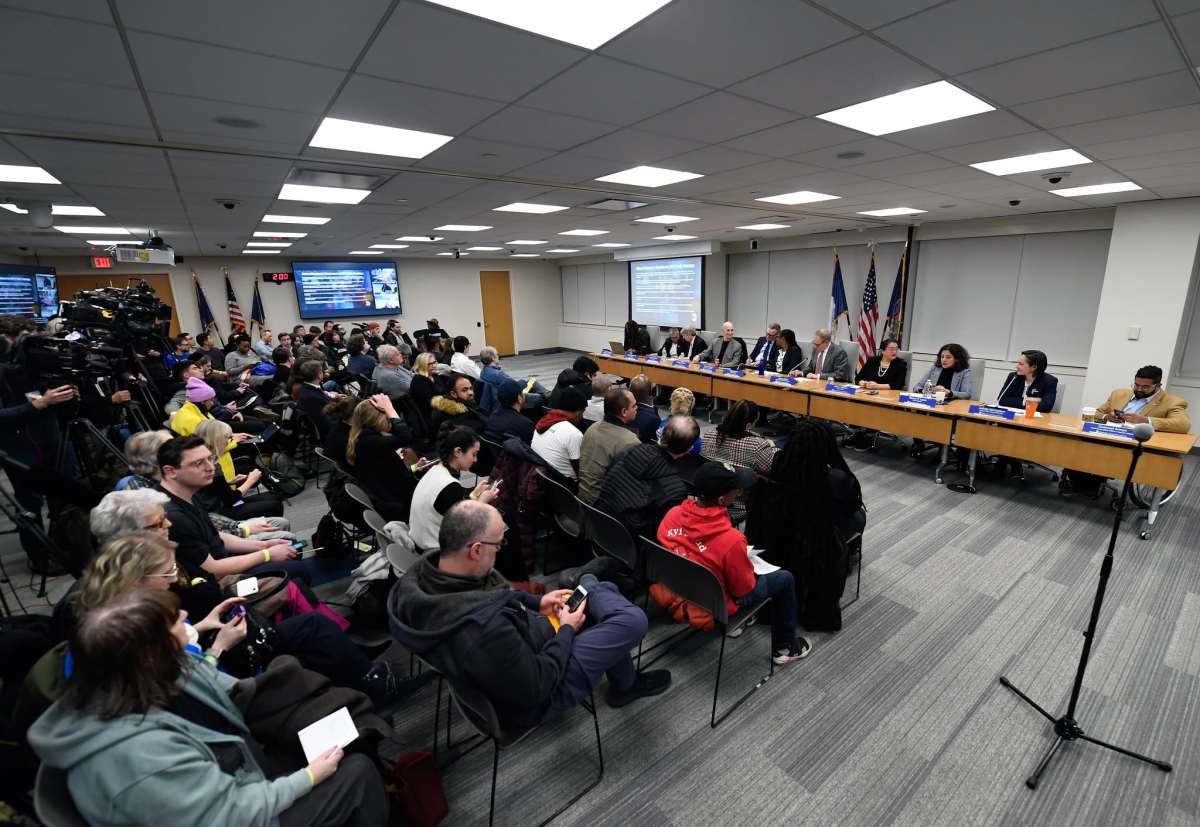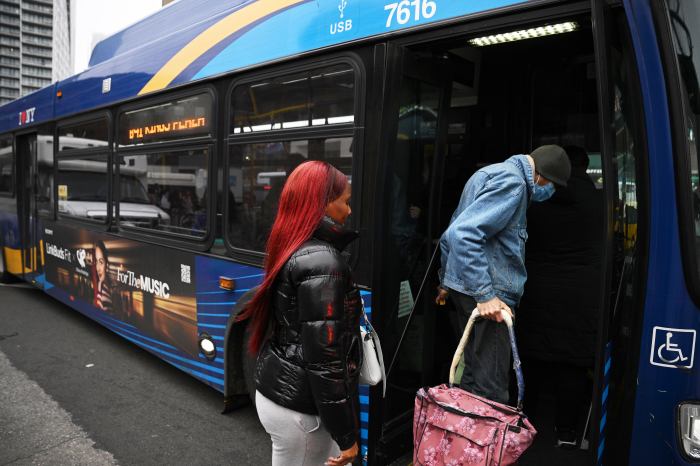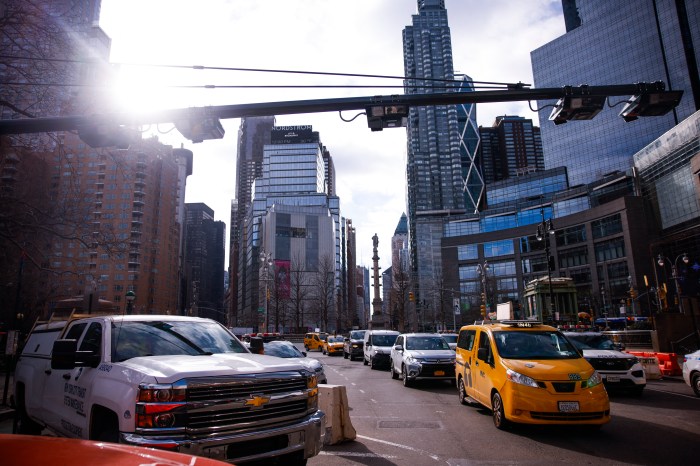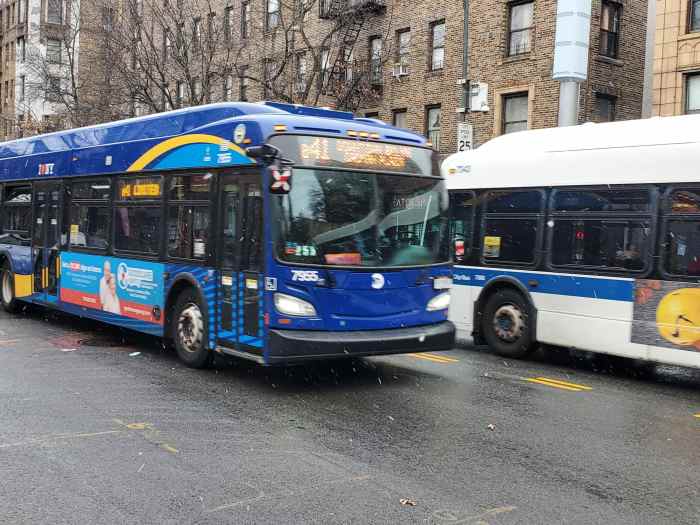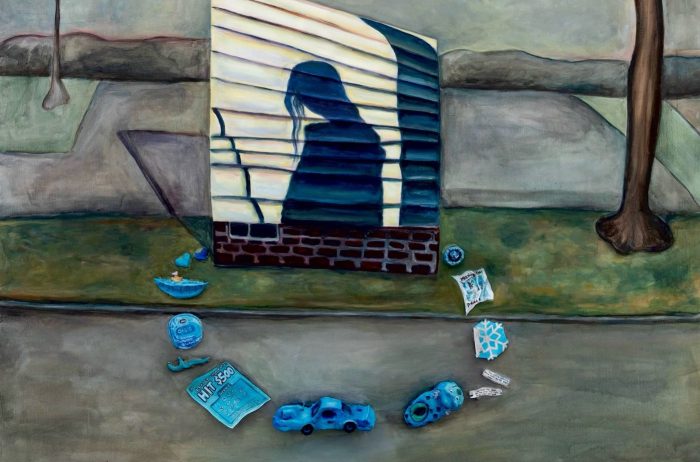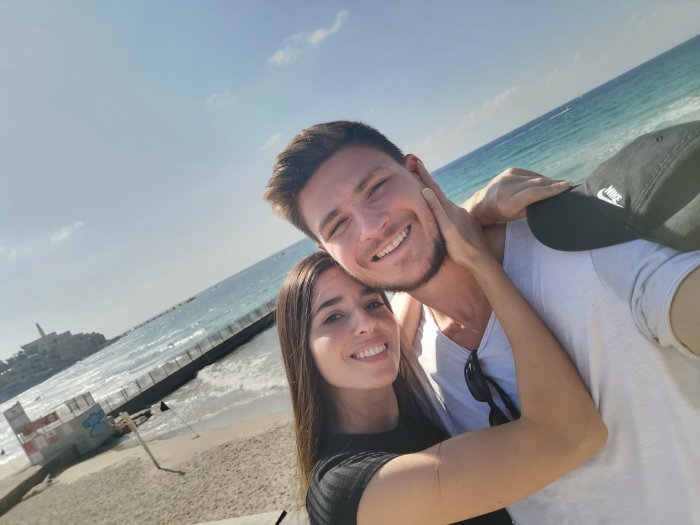Hundreds of New Yorkers took advantage last week of one of the final opportunities to weigh in on congestion pricing before it goes into effect, piling into the MTA’s Lower Manhattan headquarters to sound off to agency brass for a series of public meetings.
Thursday and Friday saw the first two of four public hearings scheduled for residents to make their voices heard on the MTA’s congestion pricing proposal, which will levy a toll on most motorists entering Manhattan south of 60th Street in a bid to reduce congestion and carbon emissions, and fund the MTA’s capital construction priorities.
After years of limbo awaiting federal approvals, the MTA last year advanced a proposal that charges most motorists $15 once-per-day to enter the congestion zone. Trucks will pay larger tolls, while discounts will be applied overnight and to those crossing already-tolled bridges and tunnels. Low-income frequent drivers will also be eligible for a discount, while disabled drivers will be eligible to apply for an exemption.
The proposal has already been subject to numerous public comment sessions, outreach sessions, public hearings, and working groups, according to MTA external relations honcho Juliette Michaelson. The agency has received and responded to 22,000 individual comments and 55,000 form letter submissions, she said.
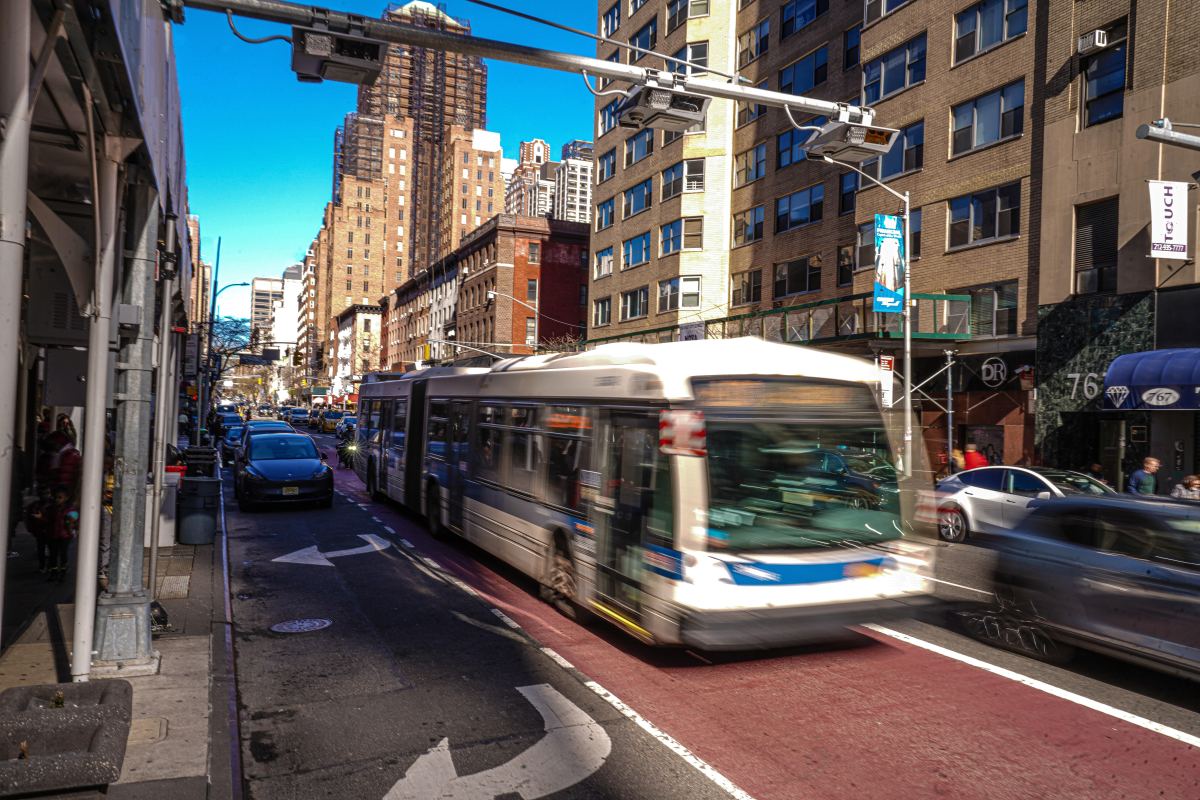
Nonetheless, a whopping 345 people signed up to speak on the proposal across the Feb. 29 and March 1 comment sessions, where MTA chief Janno Lieber and other MTA brass sat at a table and listened as supporters and opponents filed one-by-one to a microphone to make their voice heard.
Murray Hill resident Barak Friedman said “we desperately need congestion pricing” due to the impact of punishing traffic on his Manhattan neighborhood.
“We try to cross the crosswalk, it’s full of cars,” said Friedman. “There’s people in wheelchairs and strollers navigating in between cars, it’s out of control. Our buses don’t even move, our fire engines don’t even get to the fires on time, our ambulances can’t get to the sick people. It’s really upsetting.”
New York has the slowest buses of any major American city, largely because they are constantly stuck in traffic. Meanwhile, the Fire Department’s response time to emergencies has grown larger in recent years because of excessive traffic, according to FDNY Commissioner Laura Kavanagh.

Long response times can have deadly consequences, said Mary Beth Kelly, co-founder of Families for Safe Streets, a group that supports the families of those killed in car crashes. She was biking with her husband when he was fatally struck by a tow truck, which she said had failed to yield at an intersection. She said an ambulance was severely delayed in reaching him because it was stuck in traffic.
“I would not like to think that he died because of the incredible delay in the arrival of the ambulance. But I heard those sirens screaming for what felt like hours that night,” said Kelly. “And that was because of the traffic. None of you want to be in a situation where you might have been saved but you died because there was too much traffic.”
In addition to reducing traffic, congestion pricing — enacted into law by state legislators in 2019 — is set to raise about $1 billion per year in toll revenue, which would be bonded out to raise about $15 billion for capital improvements. Those include modernizing subway signals, making the subway accessible for people with disabilities, transitioning the bus fleet to clean electric power, and keeping the aging system in a state of good repair.
Nonetheless, the plan has been highly controversial, and is now the subject of no fewer than three lawsuits seeking to overturn it, which the MTA now says is delaying urgently needed capital work. The vast majority of people entering the central business district each day arrive on mass transit that would benefit from the investment.
“Point blank, most New Yorkers cannot afford to own or regularly drive a car,” said Kara Gurl, planning and advocacy manager at the Permanent Citizens Advisory Committee to the MTA. “It’s not at all unreasonable to ask those with the privilege of owning their own private vehicle to pay for the negative impacts they inflict on New Yorkers. Fumes and pollution, unsafe streets and roads, constant noise, and congestion at all hours of the day.”
Desperately seeking exemptions
The internal MTA body that came up with the current proposal, the Traffic Mobility Review Board, rejected last year nearly all of the dozens of formal exemption requests that piled in from special interests. That hasn’t stopped residents from descending on the MTA headquarters to make their case.
Andrew Ansbro, president of the Uniformed Firefighters Association, said many firefighters are reassigned daily to different firehouses, and carry supply bags filled with carcinogenic material in their personal vehicles on city time to get to their new digs. If subject to the congestion charge, many would take those hazardous materials on the subway and bus, Ansbro said.
“We feel that an exemption for firefighters is warranted for the safety of the firefighters, safety of the citizen, and also the safety of members riding on the system,” said Ansbro, who led a delegation of firefighters to the hearing to speak in protest.
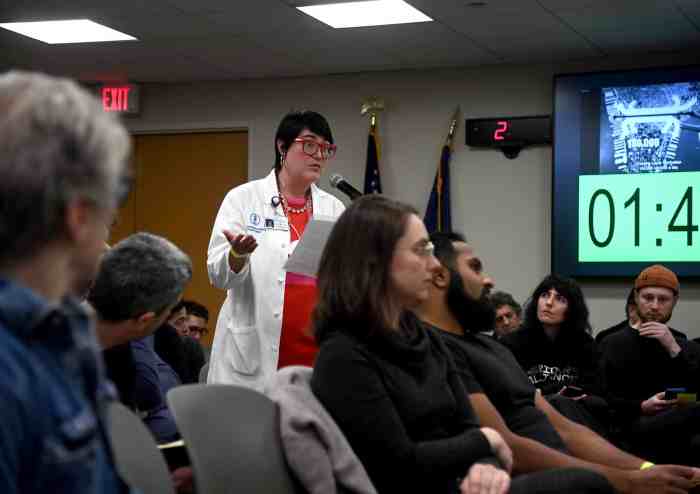
Fumiko Chino, an oncologist at Memorial Sloan Kettering, said her patients cannot safely take mass transit to get to numerous appointments for radiation or chemotherapy.
“This congestion fee is essentially a cancer tax on people who need medical care to survive,” Chino said, contending it would add $300 minimum to medical bills for a round of radiation. “We need an explicit carveout for people with cancer or other serious chronic illness that requires medical care.”
Memorial Sloan Kettering is located on the Upper East Side, just outside of the congestion zone.
Steve Nerrin, a Hell’s Kitchen resident who services and maintains machines for clients, estimated he’d have to pay more than $2,000 per year on congestion fees to go to clients outside Manhattan with his gear before returning. He recommended that residents of the CBD like himself be eligible for a large exemption, like in London where zone residents can get a 90% discount on tolls.
Raul Rivera, a yellow cab driver and strident opponent who frequently disrupts press conferences, said “Lucifer waits” for MTA officials, before being escorted out by security as he repeatedly disrupted the following speaker.
Speaking to reporters, Lieber was sympathetic to the firefighters who carry toxic gear between job sites in their cars. But those hoping the program would go away won’t be pleased: he reiterated that his agency was simply implementing state law, noting he did not go “on a drinking binge and came up with this idea as a way of funding the MTA.”
Lieber said the public hearing process has been “really helpful and informative for the [MTA] Board,” but another commenter, paramedic Dylan Kennedy, called it a “dog-and-pony show.” He proceeded to say the congestion charge would hurt the “hardworking men” that built the city, “real men who smoke cigarettes, drink real beers, and don’t wear their seatbelts.”
Two more hearings are scheduled for Monday, March 4, at 10 a.m. and 6 p.m. At some point afterwards, the MTA Board will vote on a final proposal, and the agency intends to implement it by June.
Read more: Mayor Adams Announces Self-Driving Car Guidelines



